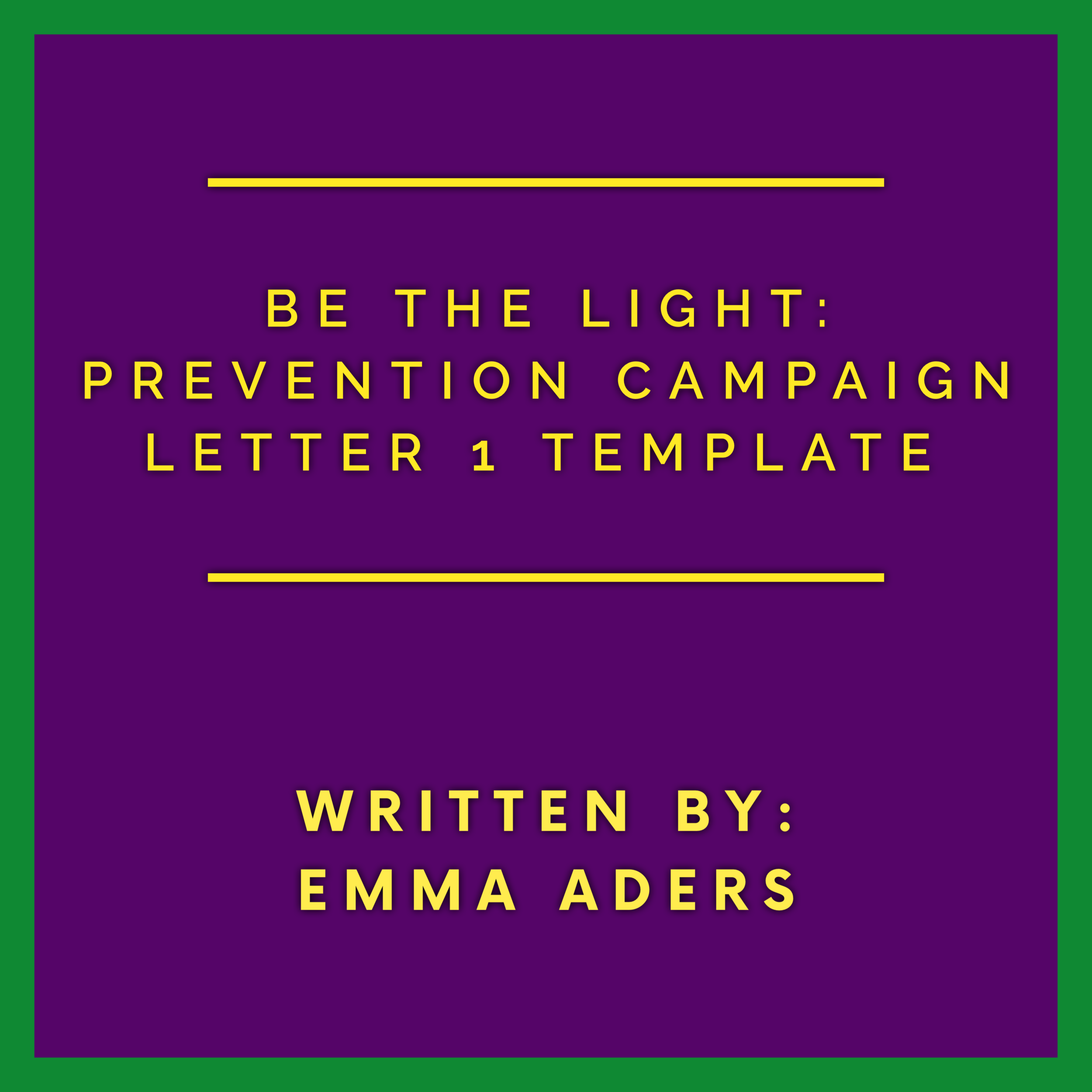Click title for editable google doc version
Read MoreSave a Friend: Tips for Teens to Prevent Youth Suicide
A infographic by the National Association of School Psychology that outlines how youth can be the best advocates to help prevent the suicide rates of their peers. This infographic demonstrates the validity of the “Friends for Life” youth suicide campaign that is the main activism initiative of the @endthesilentepidemic youth mental health movement!
Read MoreFill out this template, created by the National Suicide Prevention Lifeline, and keep it in a safe and easily accessibly place so you can quickly get to it in case of a self-harm/suicidal crisis.
Read MoreThis resource from the National Suicide Prevention Lifeline provides detailed steps on how to perform a suicide risk assessment. If you think someone may be experiencing suicidal thoughts, follow the steps outlined in this resource to determine if this person is at risk of suicide. if the person is in fact suicidal, emergency resources specific to suicide are also included.
Read MoreThis resource by the National Suicide Prevention Lifeline provides a comprehensive list of the most common warning signs of suicide.
Read MoreThis comprehensive guide written by SAMHSA, is an excellent resource fo the loved ones of someone who is struggling with suicide. This guide provides information to help prevent suicide as well as information on what to do after an attempt has occurred.
Read MoreThis resources by SAMHSA provides specific tips on how to reduce COVID-related stress.
Read MoreThis fact sheet by SAMHSA reviews suicide prevention techniques developed specifically for tribal populations, more sepcifically American Indians and Alaskan Natives, both populations suffering from suicide rates 4X higher than that of the average American.
Read MoreThis flyer, sourced from the Substance Abuse and Mental Health Services Administration (SAMSHA), outlines the 8 dimensions of wellness—emotional, spiritual, intellectual, physical, environmental, financial, occupational, and social, highlighting that physical health is only one component of wellness and overall health is dependent upon all eight.
Read More








